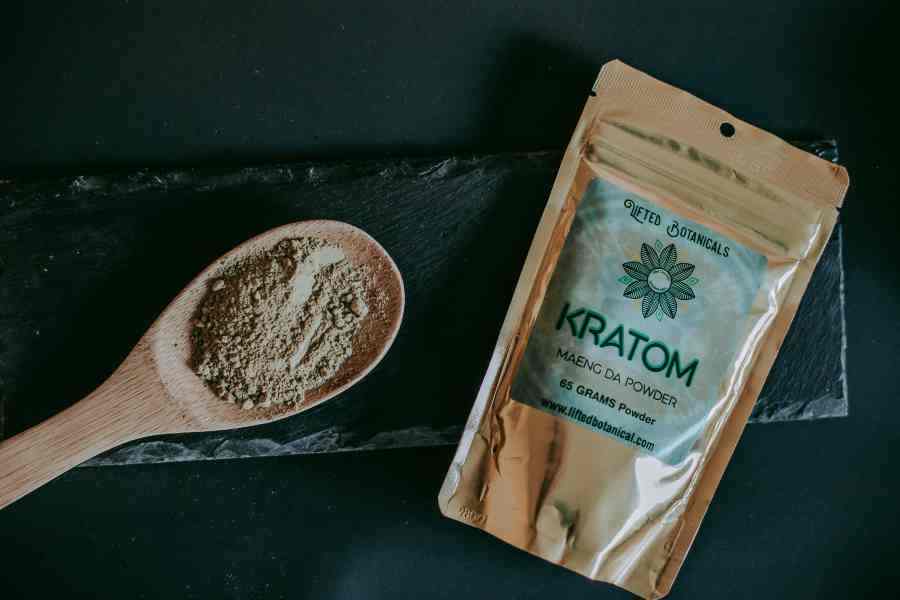
As more information emerges on the health and social issues plaguing society, many are seeking natural alternatives to prescription pharmaceuticals and looking to integrate holistic wellness practices into their daily lives. While some turn to activities like yoga or meditation, others are discovering botanical supplements that may help provide relief from aches, pains, anxiety, or mood issues. One increasingly popular herbal remedy gaining footing in this quest for well-rounded self-care is Kratom.
Derived from the leaves of an evergreen tree native to Southeast Asia, Kratom has been used for centuries, and its benefits are now sparking severe scientific inquiry. This comprehensive guide explores what the research reveals about Kratom’s phytochemistry and pharmacology, considers its therapeutic applications and potential side effects, and offers best practices for those interested in responsibly incorporating this fascinating plant into a balanced wellness routine.
Understanding Kratom
Kratom, a tropical evergreen tree in the coffee family native to Southeast Asia, is gaining popularity worldwide as an alternative health option. With its ability to enhance mood, increase energy levels, and alleviate pain, it is no wonder that Kratom has piqued interest in recent years. One such type of Kratom, Bentuangie Kratom, is renowned for its calming and relaxing effects. This particular variety is a fermented form of Red Kratom left to dry for extended periods, resulting in an earthy aroma and a darker hue.
Many avid Kratom users find Bentuangie Kratom to be one of the more relaxing options available, leading to improved sleep patterns and overall well-being. However, it is crucial to note that understanding Kratom and its various strains is necessary before use to ensure that it is consumed safely and effectively.
Starting Low And Going Slow
When incorporating any new supplement into your wellness routine, starting with a low dosage and gradually increasing it as needed is always recommended. This is especially true for Kratom, as different individuals may have varying levels of sensitivity to its effects. Finding the proper dosage for you, considering factors such as body weight, metabolism, and desired outcomes.
Additionally, it’s important to note that Kratom can have different effects depending on the dose. Lower doses generally produce more stimulating effects, boosting energy and increasing focus. On the other hand, higher doses tend to offer more sedative effects, promoting relaxation and a sense of calm.
Finding the proper dosage to achieve the desired effects may require experimentation and patience. It is advisable to consult with a healthcare professional or a knowledgeable source to ensure the safe and responsible use of Kratom.
Beyond Kratom
While Kratom may offer potential benefits for some individuals, it’s important to note that it’s not a cure-all and should not be solely relied upon as the ultimate solution for any health issues. A holistic and well-rounded approach to wellness is crucial. It can include incorporating other natural alternatives such as regular exercise, maintaining a balanced and nutritious diet, and practicing mindfulness through meditation or yoga.
Furthermore, before incorporating Kratom into your wellness routine, it is highly recommended to consult with a healthcare professional. It is essential if you are taking any medications or have preexisting health conditions. The expertise and guidance of a healthcare professional will ensure that Kratom is safe and appropriate for your circumstances. Remember, your well-being is a priority, and seeking professional advice is always prudent.
Listening To Your Inner Wisdom: Signs It May Be Time For A Break Or Change Of Direction
As with any supplement, it’s essential to listen to your body and pay attention to any warning signs indicating it’s time for a break or change of direction. Some individuals may experience side effects when taking Kratom, such as nausea, constipation, dizziness, or changes in appetite. If you encounter these symptoms, it may be a sign that you need to adjust your dosage or take a break from Kratom altogether.
Additionally, if you begin to rely heavily on Kratom and feel like you cannot function without it, it may be time to reevaluate its place in your wellness routine. Remember that, ultimately, incorporating natural alternatives into your wellness routine aims to enhance overall well-being and not become dependent on any one substance.
Creating Space For New Possibilities: How Alternative Approaches Can Support Personal Growth And Healing
While Kratom and other natural alternatives may provide relief from specific health issues, they can also support personal growth and healing in other ways. By incorporating these practices into our daily lives, we create space for new possibilities and allow ourselves to explore different perspectives.
Practicing mindfulness through activities like meditation or yoga may help us become more present and grounded, leading to a deeper understanding of ourselves and our surroundings. Additionally, incorporating natural supplements, such as Kratom, into our wellness routine can provide a sense of empowerment and control over our health.
Final Thoughts
As society continues to search for alternative approaches to wellness, it’s essential to educate ourselves on the potential benefits and risks associated with any supplement or practice. While Kratom may offer relief for some individuals, it’s important to remember that it is not a cure and should be approached with caution and responsibility. By incorporating natural alternatives into our wellness routine, we can support personal growth, explore new possibilities, and ultimately enhance our overall well-being.








